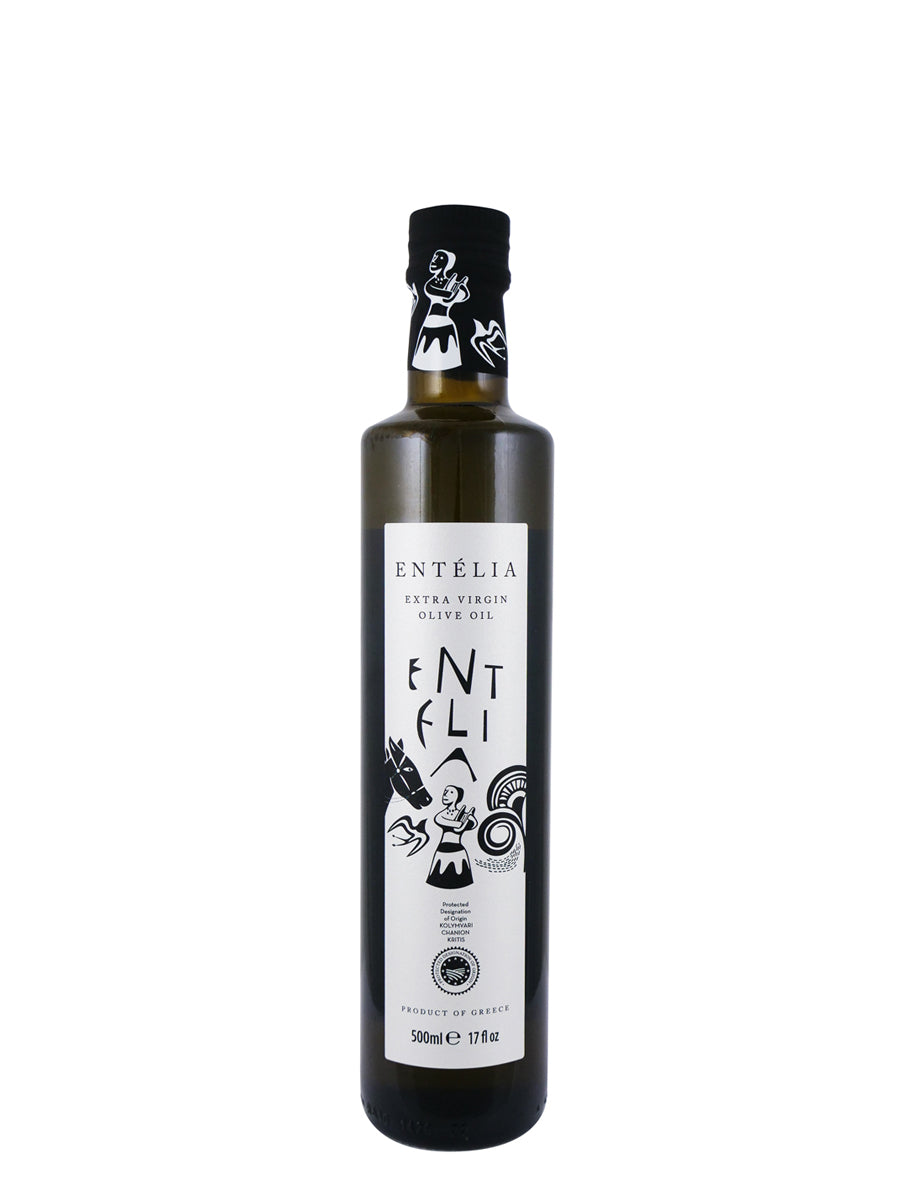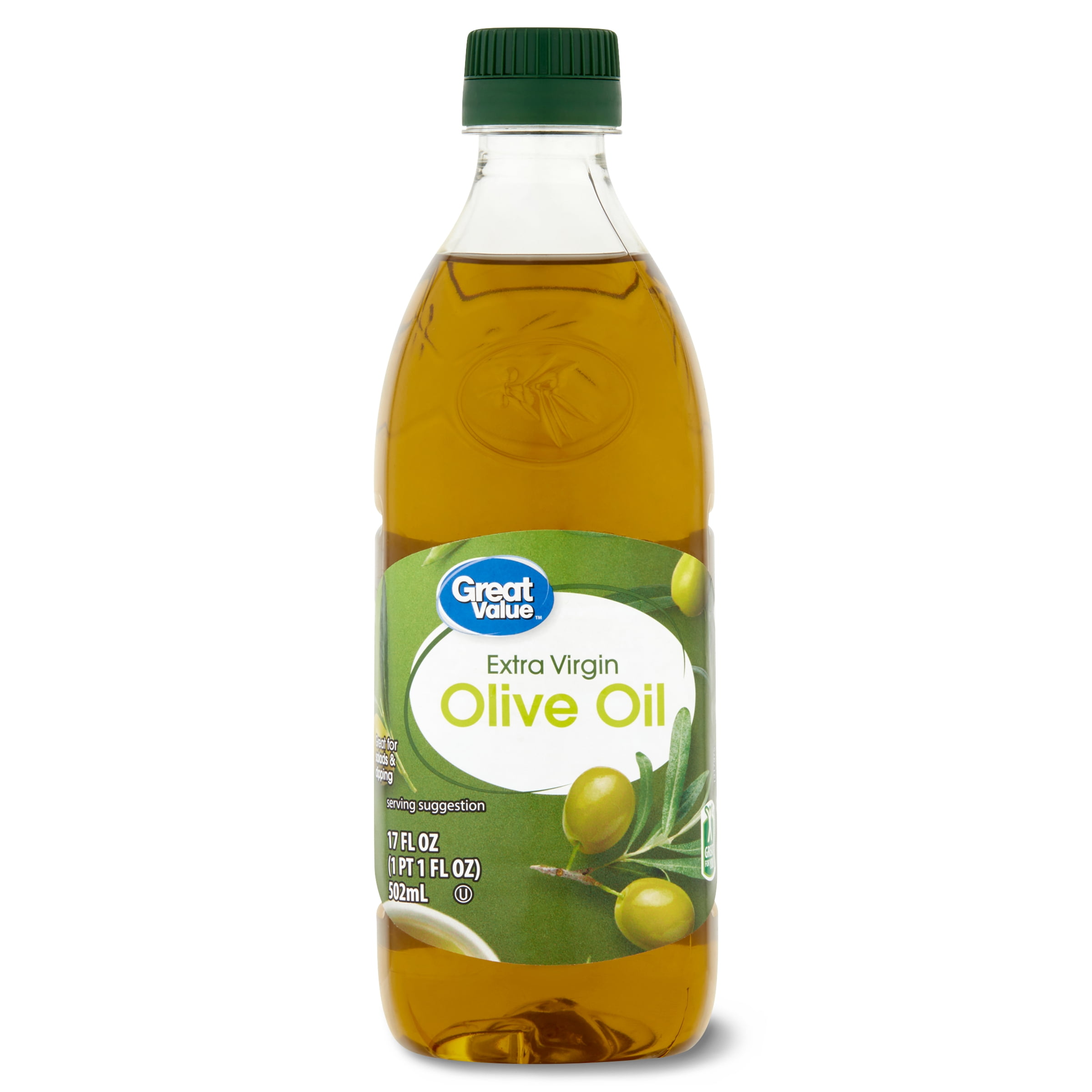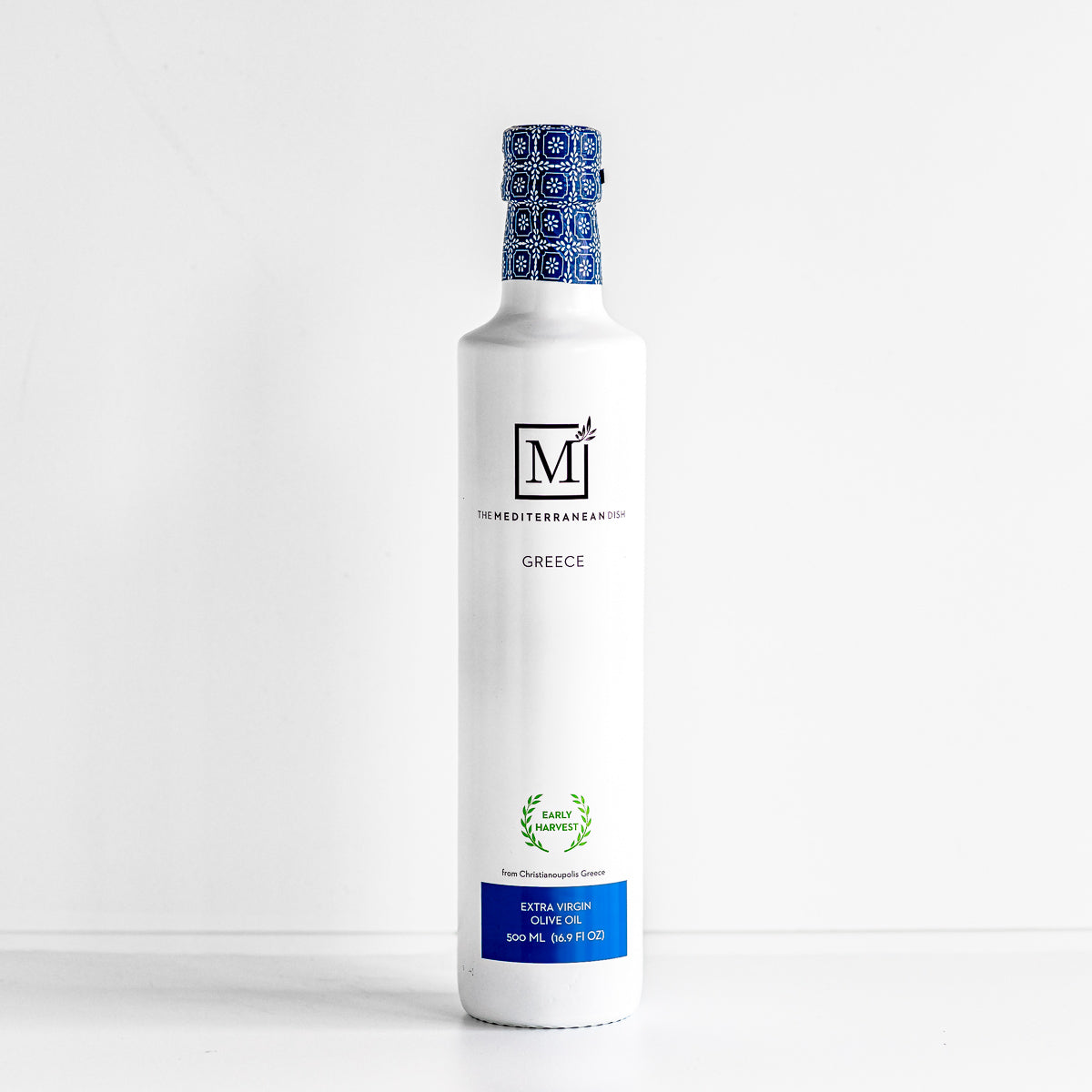Why Extra Virgin Olive Oil Benefits Your Gut and Digestive System
Wiki Article
The Vital Overview to Understanding Additional Virgin Olive Oil and Its Culinary Benefits
Bonus virgin olive oil stands as a cornerstone of cooking excellence, identified not only by its premium high quality but likewise by its myriad health advantages. This oil, extracted from the very first pushing of olives, provides reduced acidity and an intricate flavor profile that boosts a diverse array of dishes.What Is Additional Virgin Olive Oil?
Extra virgin olive oil (EVOO) is a high-grade oil obtained from the initial pressing of olives, defined by its reduced acidity and abundant taste profile. This oil is thought about the finest quality of olive oil, meeting stringent criteria for quality and taste. To certify as added virgin, the oil must be drawn out with mechanical means without using warm or chemicals, preserving the natural features of the olives.EVOO is celebrated for its complicated fragrance, varying from fruity to peppery, and its unique preference that can differ based upon the olive variety and region of manufacturing. The health and wellness advantages of additional virgin olive oil are well-documented; it is abundant in monounsaturated fats, antioxidants, and anti-inflammatory compounds, adding positively to heart wellness and overall well-being.
In culinary applications, EVOO is flexible, appropriate for showering over salads, boosting the taste of prepared recipes, and acting as a base for sauces. Its unique flavor profile not only elevates dishes but also plays a vital function in Mediterranean food, where it is a standard active ingredient. Recognizing EVOO's top qualities can enhance culinary experiences and advertise much healthier consuming behaviors.
Just How Bonus Virgin Olive Oil Is Made

This action is essential for releasing the oil from the cells of the fruit. Following this, the paste is subjected to malaxation, where it is carefully combined to facilitate the separation of oil from water and solids.
The next phase involves centrifugation, which makes use of rapid spinning to separate the oil from the remaining pulp and water. The resulting oil is then filtered to improve clearness and security. Ultimately, added virgin olive oil is saved in dark glass or stainless-steel containers to protect it from light and oxidation, ensuring its outstanding taste and top quality are maintained till it gets to customers.
Wellness Conveniences of Bonus Virgin Olive Oil
What makes added virgin olive oil a staple in healthy and balanced diet plans all over the world? Its rich composition of monounsaturated fats, largely oleic acid, adds dramatically to cardio health and wellness. Research studies have revealed that these healthy and balanced fats can minimize inflammation, reduced negative cholesterol levels (LDL), and increase good cholesterol (HDL), hence advertising heart health.Moreover, added virgin olive oil is a powerful source of antioxidants, including polyphenols and vitamin E (extra virgin olive oil benefits). These compounds help battle oxidative stress and anxiety and reduce the threat of persistent illness such as cancer cells and diabetes mellitus. The anti-inflammatory homes of additional virgin olive oil further boost its health and wellness benefits, making it a beneficial addition to an anti-inflammatory diet
Study has additionally suggested that normal usage of added virgin olive oil may sustain cognitive function and reduced the threat of neurodegenerative illness, such as Alzheimer's. Additionally, its prospective role in weight administration, when used in moderation, emphasizes its adaptability as a healthy fat source.
Culinary Makes Use Of and Applications
A cornerstone of Mediterranean food, extra virgin olive oil serves a plethora of culinary applications that improve taste and elevate meals. Its abundant, nuanced taste profile makes it an excellent option for Clicking Here showering over salads, grilled vegetables, or baked meats, conveying depth and richness.
Furthermore, it functions as a crucial active ingredient in dressings, offering a base for vinaigrettes and creamy sauces, while boosting the general taste experience. Extra virgin olive oil can also be utilized as an ending up oil, added just prior to offering to emphasize the recipe's scent and taste account.

Tips for Finding High Quality Olive Oil
visit site Choosing quality olive oil can considerably enhance both flavor and health advantages in your cooking ventures. To ensure you choose the best item, take into consideration the complying with ideas.First, try to find the designation "added virgin" on the tag. This classification indicates that the oil is made from the first cool pushing of olives, keeping the highest degree of taste and nutrients. Additionally, look for a harvest day; fresher oils are typically better in both preference and health and wellness residential or commercial properties.
Next, take into consideration the source. Oils from regions recognized for premium production, such as Italy, Spain, and Greece, usually generate exceptional items. Search for single-origin oils, as they usually offer a more genuine flavor account compared to blends.
Examine the packaging, too. Quality olive oil needs to be kept in dark glass containers or tins to protect it from light and oxidation. extra virgin olive oil benefits. Avoid clear plastic containers, as they subject the oil to light, which can weaken its high quality
Final Thought
To conclude, added virgin olive oil stands as a premium oil, commemorated for its exceptional flavor and numerous health benefits. Its production procedure, which involves cool pressing, makes sure the retention of crucial nutrients and antioxidants. The varied culinary applications enhance various meals, making it a versatile component. Picking high-quality extra virgin olive oil is essential for enhancing both flavor and health and wellness homes, enhancing its status as a staple in healthy food preparation and nutritional practices.Additional virgin olive oil (EVOO) is a high-quality oil derived from the first pressing of olives, characterized by its low acidity and rich flavor profile.The manufacturing of added virgin olive oil starts with the mindful harvesting of olives, which are typically handpicked to prevent damages to the fruit. Added virgin olive oil is saved in dark glass or stainless steel containers to shield it from light and oxidation, guaranteeing its phenomenal taste and high quality are protected up why not find out more until it reaches consumers.
In verdict, added virgin olive oil stands as a costs oil, celebrated for its extraordinary flavor and numerous health advantages. extra virgin olive oil benefits. Choosing premium additional virgin olive oil is important for optimizing both taste and health and wellness homes, reinforcing its status as a staple in healthy and balanced food preparation and dietary methods
Report this wiki page